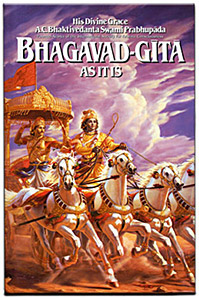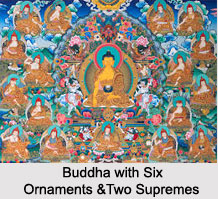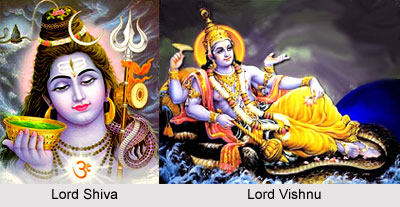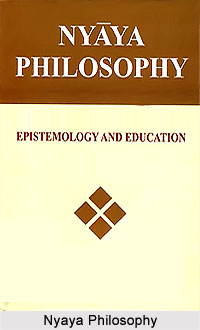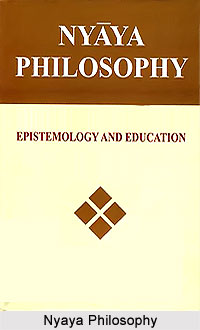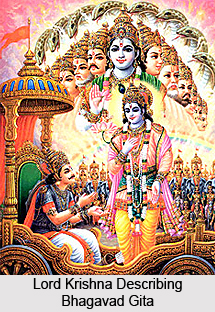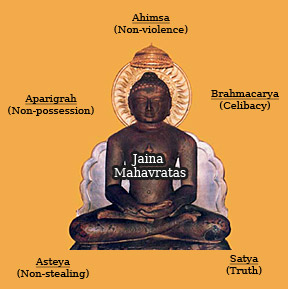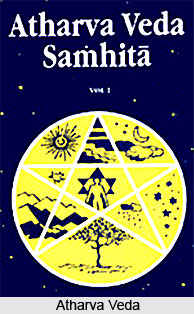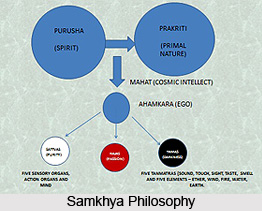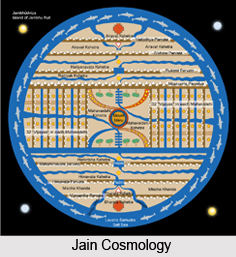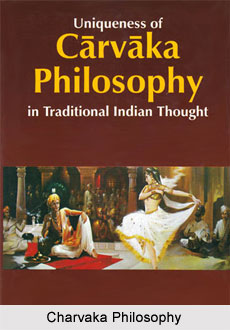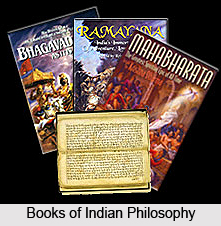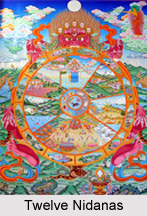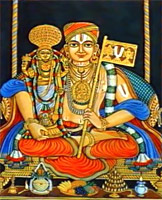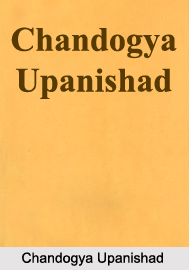 Chandogya Upanishad is one of the oldest Upanishads written on the Vedic Brahmana period about ninth to eighth century B.C. Chandogya Upanishad is associated with Sama Veda. It is the part of Chandogya Brahaman that contains ten chapters. The 3rd Khanda of Part Five of Chandogya Upanishad describes about the story of Svetaketu and Pravahana. According to it Svetaketu, the grandson of Aruna came to the assembly of the Panchalas. Pravahana, the son of Jibala then asked him whether he has been instructed by his father. He asked Svetaketu if he knew where people went after departing from the world and how he returned back. Svetaketu could not answer his questions. Svetaketu then asked him if he knew where the paths leading to the gods and leading to the Manes separate and the world don`t fill up. He further asked him about the way water, in the fifth oblation, comes to be called man. Svetaketu was not able to answer any of his questions. Thus, with a sorrowful state of mind Svetaketu went back to his father and demanded that he had not been completely instructed. He then related to his father the whole incident that took place in the court of the Panchalas and also narrated him the five questions asked by Pravahana which he was unable to answer. Upon hearing the whole event the father told him that he too was not aware of the answers to the questions hence he could not instruct him fully. His father, Gautama then thought of visiting Pravahana. He soon approached the king and was welcomed with due respect. The following day the king offered him a boon. He told Gautama to ask for human wealth but the later rejected it and requested to accept him as his pupil and instruct him about the questions that he had asked Svetaketu. The king told that it was not possible for a Kshatriya to accept a Brahmin as his pupil but as he had approached him he would tech him. He taught him about the Supreme Brahman and the real Self that existed within all. He also told him that when one unites with the Brahman he becomes immortal and remains devoid of all pains and sorrows.
Chandogya Upanishad is one of the oldest Upanishads written on the Vedic Brahmana period about ninth to eighth century B.C. Chandogya Upanishad is associated with Sama Veda. It is the part of Chandogya Brahaman that contains ten chapters. The 3rd Khanda of Part Five of Chandogya Upanishad describes about the story of Svetaketu and Pravahana. According to it Svetaketu, the grandson of Aruna came to the assembly of the Panchalas. Pravahana, the son of Jibala then asked him whether he has been instructed by his father. He asked Svetaketu if he knew where people went after departing from the world and how he returned back. Svetaketu could not answer his questions. Svetaketu then asked him if he knew where the paths leading to the gods and leading to the Manes separate and the world don`t fill up. He further asked him about the way water, in the fifth oblation, comes to be called man. Svetaketu was not able to answer any of his questions. Thus, with a sorrowful state of mind Svetaketu went back to his father and demanded that he had not been completely instructed. He then related to his father the whole incident that took place in the court of the Panchalas and also narrated him the five questions asked by Pravahana which he was unable to answer. Upon hearing the whole event the father told him that he too was not aware of the answers to the questions hence he could not instruct him fully. His father, Gautama then thought of visiting Pravahana. He soon approached the king and was welcomed with due respect. The following day the king offered him a boon. He told Gautama to ask for human wealth but the later rejected it and requested to accept him as his pupil and instruct him about the questions that he had asked Svetaketu. The king told that it was not possible for a Kshatriya to accept a Brahmin as his pupil but as he had approached him he would tech him. He taught him about the Supreme Brahman and the real Self that existed within all. He also told him that when one unites with the Brahman he becomes immortal and remains devoid of all pains and sorrows.


